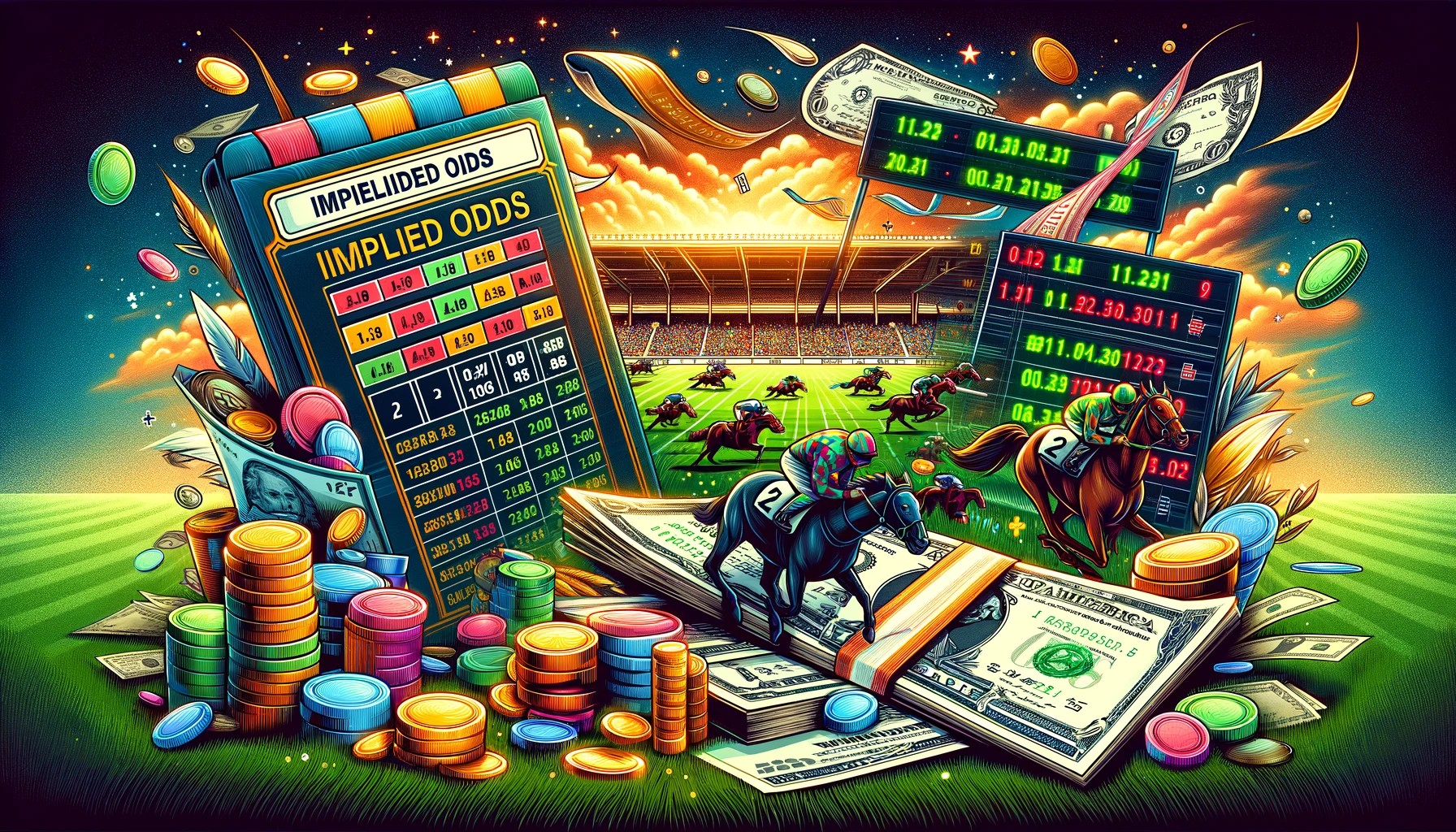Category: Sports Betting
-

Implied odds behind lay betting
In a precedent post, I introduced the concept of back and lay bets on a given event, for example the fact that it will rain on a given day. We also said that we are given some odds $o$, which express how much we can earn if we guess the right outcome between the event…
-
Exchange Sports Betting: how to close your bets?
Good evening, It’s been a very long time since I last posted something on this blog because I have been very busy at work but I thought I will try to be more active from now on. Today, I’d like to share some basic maths about exchange sports betting, and actually we could generalize this…
